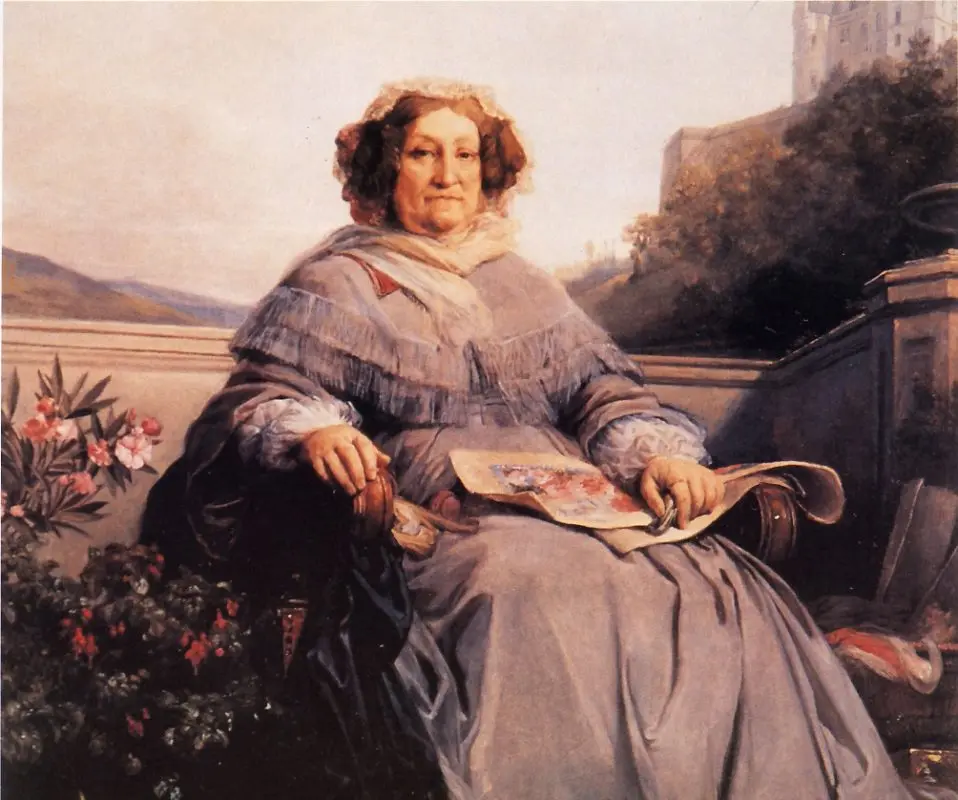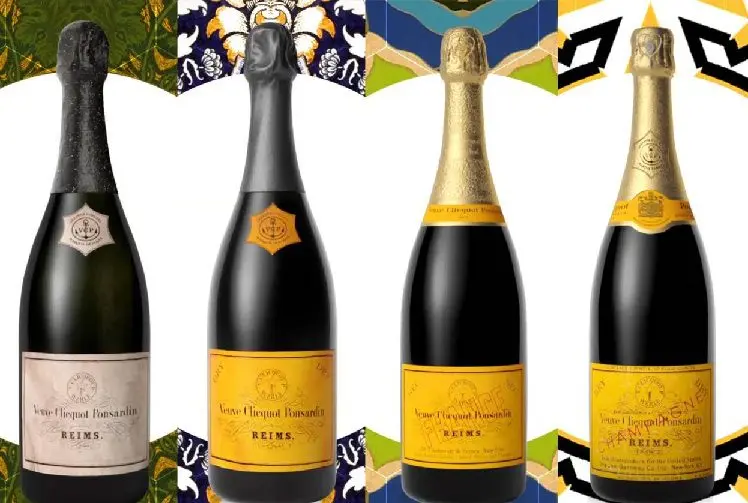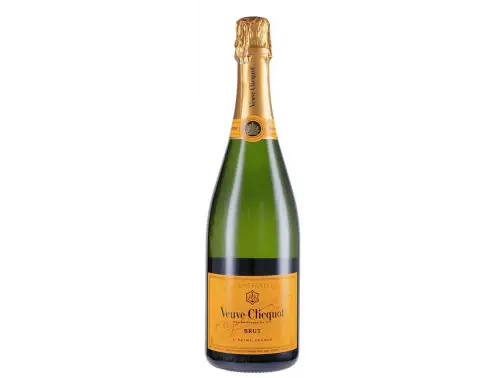Contents
Widow Clicquot is a French wine house that was the first to develop the classic technology for making champagne, which is still used today. The drink is produced by one of the oldest companies in France, Veuve Clicquot Ponsardin, which ranks second in the world in terms of champagne sales. “Veuve Clicquot” is sold in 110 countries around the world.
Historical information
The history of the company began in 1772, when the merchant Philippe Clicquot decided to go into the wine business. The business passed to his son, but he did not lead the firm for long. In 1805, Francois Clicquot died, and his widow Barba-Nicole began to manage the winery. Madame Clicquot was no longer a novice in business – the young woman was engaged in trade and banking, but after the death of her husband, she completely focused on the winery. It was she who managed to revolutionize the production of champagne.
Barba-Nicole understood that the main thing for quality wine is raw materials. She expanded the area of her vineyards and began to cultivate the best varieties of grapes. The quality of champagne at that time lagged behind the modern one – yeast remained in the bottle after fermentation, which made the wine cloudy and not very pleasant in taste. The widow Clicquot managed to find a solution to the problem. Together with the manager, they designed a rack on which the bottles were stored up the house. From time to time they were turned, due to which the sediment gradually collected at the neck. The technology was called remuage and is still used in production.

In 1811, the first bottle of Veuve Clicquot champagne came out, which glorified the Clicquot wine house throughout the world. The widow was the first in Europe to start trading with the Russian Empire. The mention of the famous brand can be found in many literary works of that time. Thanks to advanced technologies and high-quality raw materials, Clicquot champagne foamed strongly, knocking the cork out of the bottle.
In the future, the heirs continued the work of the first business lady of France, and the wine house received the status of the most respected in the world. In 1972, the company established a special award, which is awarded to women who have achieved success in their field. Louis Vuitton acquired the rights to the brand in 1986. The manufacturer still uses the recipe for the first Veuve Clicquot champagne.
Production features
The company’s vineyards are considered among the best in the country and occupy 393 hectares of Champagne fertile land. More than a thousand people take part in the harvest. If for some reason the bunch does not meet the strict requirements for the quality of raw materials, it is left on the ground. The juice is squeezed out in six production centers. Harvest from different vineyards is divided to preserve the unique taste of each batch.
Basic fermentation takes place in stainless steel tanks at a temperature of +16°C and takes from five to ten days. Then the tasters taste still wine to determine the composition of the blends. Future champagne is filtered, sourdough is added, bottled and stored. The process of secondary fermentation takes place already inside the tank.
The aging time depends on the variety and can be different – from five months to seven years. Remuage and disgorgement are carried out automatically and manually. Specialists of the company with many years of experience work with especially rare and expensive varieties. After that, the wine is still dry, so sugar is added to it, corked and put back in storage for several months to achieve a deep taste and aroma. Only after that the bottles are labeled and sent to sales representatives.
Interesting Facts
- In 1909, the company acquired a limestone quarry on the outskirts of Reims. Stone has not been mined in the deposits for a long time. Old mines are used instead of cellars for storing wine, and a visitor center has been organized in the production premises.
- In 2010, Finnish scuba divers discovered a ship at the bottom of the Baltic Sea with several dozen bottles of Veuve Clicquot champagne. The wine lay at the bottom for two centuries, but the taste and quality of the drink remained excellent.
Types of Champagne Veuve Clicquot
Veuve Clicquot Brut Yellow Label, 12%
The oldest champagne of the Clicquot wine house, which was first released in the XNUMXth century. The assemblage is made up of more than fifty types of base wines. This is a silky and perfectly balanced drink with the aroma of ripe fruit and fresh pastries. On the palate, notes of plum and pear with hints of vanilla can be traced. Pairs with oysters, shrimp, fish dishes, saltine crackers and cheese.
Veuve Clicquot Extra Brut Extra Old, 12%
Blends are made exclusively from expensive wines that are aged in tanks for primary fermentation for at least three years. The champagne is then bottled and stored for another three years. Sugar is practically not added to the wine, so it acquires a fresh and tangy citrus taste with hints of spices. Makes a gastronomic pair with mature cheeses, veal and fish.
Veuve Clicquot Pink, 12%
Pink champagne, the recipe of which was invented by the wine house more than two centuries ago. The basis is grapes from several dozen plots. Reserve wines with an age of at least five years are used. The color of the drink is given by rose wine, which is obtained according to the original recipe. The aromatic bouquet is dominated by strawberries and wild strawberries. The taste shows notes of grapefruit, berries and wood. Champagne goes well with duck, beef, fresh salads and red fruits.
Veuve Clicquot Rich, 12%
This type of sparkling wine is intended primarily for making cocktails. Champagne is distinguished by high sweetness and a pronounced taste of fresh fruit. Pepper and cucumber notes are felt in the aroma. The manufacturer recommends mixing the drink with pineapple, grapefruit and lime juice. Add ice when serving.
Veuve Clicquot Demi-Sec, 12%
Champagne is created from fifty varieties of aged wines. After removing the sediment, sugar is added to the bottles at the rate of 45 g per liter, so the drink acquires a pronounced sweetness. The exposure time is at least two years. The taste is reminiscent of ripe fruits with hints of caramel. Recommended for desserts and pastries.
Veuve Clicquot The Great Lady, 12,5%
The first wine was released in 1972. The recipe uses 92% Pinot Noir grapes, which is rare for Clicquot wines. The drink was highly rated by the experts of the Wine Spectator magazine, receiving 95 points. The bouquet is dominated by dried apricots and almonds, the taste is fruity with hints of praline. Combined with red caviar, seafood and baked chicken meat.











